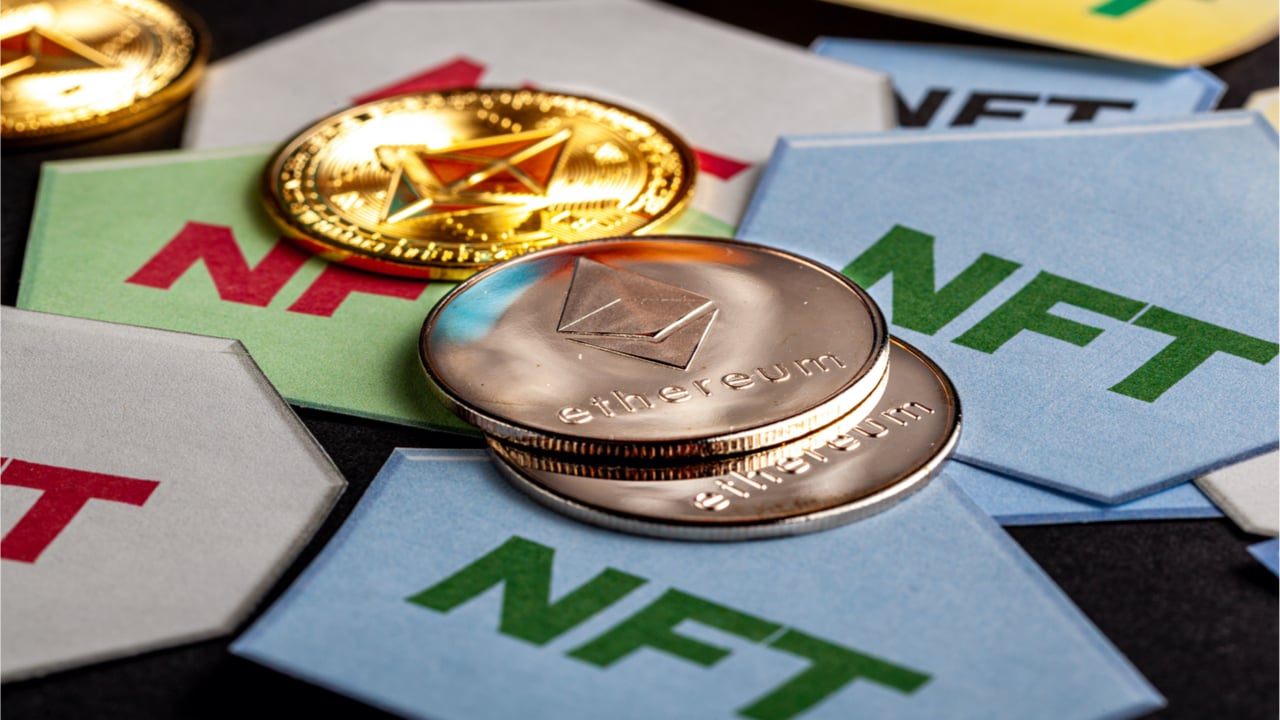International forecasts predict the global metaverse revenue will reach $400 billion by 2025. As a result, more brands are investigating new marketing opportunities within the metaverse. However, through trial and error, these brands are quickly learning there are right and wrong ways to go about this unexplored territory. We’ve compiled a few examples of brand name wins and losses so far in the metaverse in an attempt to decipher the best strategy going forward. But first, let’s answer a crucial question.
What is the metaverse?
The metaverse is the combination of two realms: the physical and the digital. While most average people find this to be a strange and eerie concept, it is nothing new to gamers. To them, combining these two worlds is just a natural evolution of the technology they’ve grown to love. Also, it has already been around for years. For example, Second Life is a massively popular metaverse experience that’s already two decades old.
While the tech is mature, the audience is not. As new metaverses expand into the international zeitgeist, different audiences wake up to its ability and its potential. This audience is growing quickly and is much more diverse than the “gamers” who initially appreciated the metaverse in its early stages. Hence, brands who want to utilize the metaverse for marketing must carefully choose which audience to target and how to attract them efficiently.
For example, companies must consider the scale of the campaign, whether they want a permanent or temporary presence, whether they want to create metaverse branding or a tool to generate leads and more. Looking at some previous examples we can see the results of how brands interact with metaverse audiences.
JP Morgan fails its first attempt at metaverse marketing
Even in its early stages, there are still some examples of metaverse wins and failures from international brands. For example, the popular Decentraland metaverse recently hosted Metaverse Fashion Week (MVFW). This event offered a unique element compared to a physical version of a fashion show. The event took place on March 24 – 27 and featured prominent exposure for retail giants that built digital pop-up stores in the metaverse. Participants included luxury stalwarts like Dolce & Gabbana, Dundas World, Etro, Selfridges and Tommy Hilfiger. In general, the event was considered a success, attracting positive reactions from metaverse fans and fashion fans alike. Meanwhile, JP Morgan has a rather disappointing experience.
When the international finance giant first announced they would release a lounge in the metaverse, the press ran with the story wondering about the possibilities. However, the lounge was somewhat of a letdown. Aside from a walking tiger in the JP Morgan lounge, there were no activities or content to engage with besides an empty room.
YouHodler takes interactive metaverse campaigns to the next level
While JP Morgan used the metaverse as nothing more than a digital billboard, Europe-based FinTech platform YouHodler decided to add a creative element to “gamify” marketing. YouHodler just concluded its first ever Treasure Hunt which took place in the Decentraland metaverse.
The three-day “Treasure Hunt” challenged its players in an “escape-room style” virtual experience to win real $30,000 in the virtual world. After the winners were announced, YouHodler conducted an interview with them to share on the company’s blog.
The Treasure Hunt tasks were created in alignment with metaverse native content, art galleries, buildings with activities, and lounges. “Overall, the Treasure Hunt was a great success.” Said YouHodler Head of Partnerships Vaida Saltenyte. “Participants engaged in the Treasure Hunt from May 2nd – 4th, 2022. As expected, the audience was well balanced, consisting of both YouHodler and Decentraland community members. For three days, the event trended on Decentraland and the NFT wearables were a large part of that.”
One participant in the campaign performed a total of 63 attempts to perfect their results and managed to win. This is one positive example of how brands create engaging content for their audience.
As a final touch, YouHodler decided to throw in a surprise bonus prize for all new users who participated. Those who did that received a $30 MANA (native Decentraland cryptocurrency) welcome reward.
Will the headstart pay off for brands experimenting with the metaverse?
Regardless of success or failure, any brand experimenting with metaverse marketing strategies is considered an early adopter. They are already aware of new tools that the competition is either not aware of or is purposely ignoring. That may come at a price later on. Companies that see the metaverse as more than a fad and an additional world of advertising possibilities have a head start. While they will go through a trial and error process in the early days, this hard work in the present will ultimately pay off in the future. Learning from these mistakes and planting the seeds before the space becomes overcrowded and overpriced will eventually pay off for these forward-thinking brands.
Disclaimer: This article is provided for informational purposes only. It is not offered or intended to be used as legal, tax, investment, financial, or other advice.
Credit: Source link























